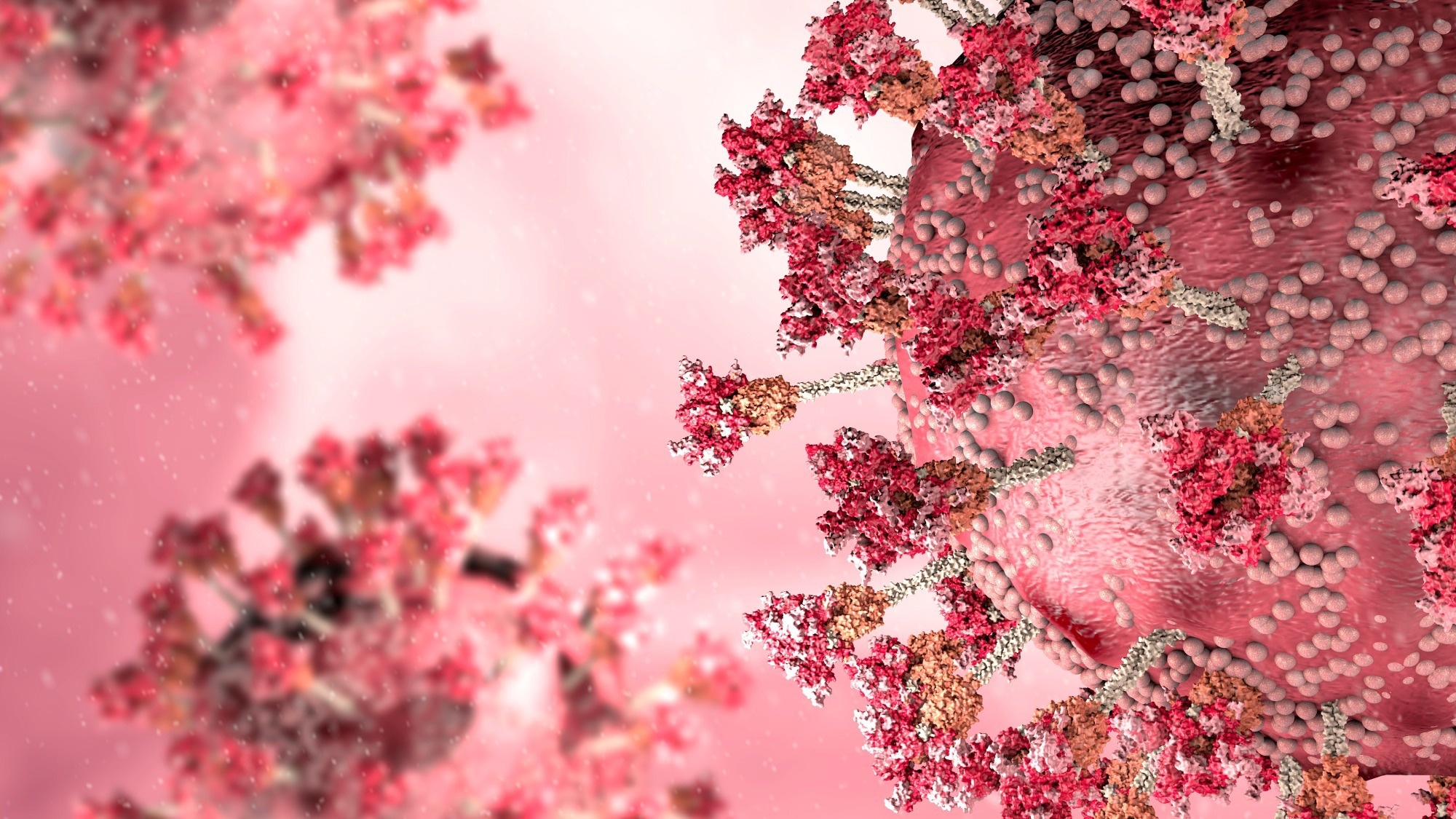In a recent study posted to the medRxiv* server, researchers conducted a multicenter, cross-sectional seroprevalence study in emergency departments of five hospitals in North Rhine-Westphalia, Germany, between August and September 2022. They assessed point seroprevalence and neutralization activity against Wu01, BA.4/5, and BQ.1.1.
 Study: Impaired humoral immunity to BQ.1.1 in convalescent and vaccinated patients. Image Credit: Naeblys/Shutterstock
Study: Impaired humoral immunity to BQ.1.1 in convalescent and vaccinated patients. Image Credit: Naeblys/Shutterstock

 *Important notice: medRxiv publishes preliminary scientific reports that are not peer-reviewed and, therefore, should not be regarded as conclusive, guide clinical practice/health-related behavior, or treated as established information.
*Important notice: medRxiv publishes preliminary scientific reports that are not peer-reviewed and, therefore, should not be regarded as conclusive, guide clinical practice/health-related behavior, or treated as established information.
Background
Of these three severe acute respiratory syndrome coronavirus 2 (SARS-CoV-2) variants, BA.5 displayed the strongest immune escape from antibodies induced by SARS-CoV-2 prior infection, vaccination, and therapeutic monoclonal antibodies. However, the continuous evolution of the Omicron gave rise to sub-lineages BQ.1.1 and BQ.1, with even greater immune evasion potential, primarily attributed to their N460K mutation. These subvariants, BQ.1.1 and BQ.1, by November 2022, had a relative share of 49.7% of all whole genome sequenced SARS-CoV-2 variants worldwide, enabling infections in SARS-CoV-2 convalescent and vaccinated individuals.
Background
Three years after the advent of SARS-CoV-2, immune evasion presents the biggest challenge to combating coronavirus disease 2019 (COVID-19). In this regard, a thorough knowledge of population immunity against SARS-CoV-2 will be crucial as that would help determine the future trajectory of the pandemic.
About the study
In the present multicenter study, researchers first collected blood serum samples of all 1411 participants. They used enzyme-linked immunosorbent assay (ELISA) and chemiluminescence immunoassay (CLIA) to determine spike (S) and nucleocapsid (NC) immunoglobulin G (IgG) levels against Wu01, BA.4, BA.5, and BQ.1.1. Additionally, they measured serum neutralization against these three variants using pseudovirus neutralization assays.
Further, the researchers combined S & NC-IgG activity and neutralization activity data with the epidemiological and clinical data of the participants. In addition, they extracted extensive information on each participant's SARS-CoV-2 immunity and case history through structured interviews and screening of their medical records.
Finally, the team performed multivariable and Bayesian network analysis to derive insights into factors determining the quality and quantity of anti-SARS-CoV-2 antibody response. Serum minimum infectious dose (ID50s) > 10 indicated detectable serum neutralization among study participants. The researchers correlated the S-IgG values of all participants with detectable S-IgG against ID50 values of all participants with detectable serum neutralization against Wu01 and BA.4/5.
Study findings
The average age of study enrollees was 53 years, and 48.5% and 51.3% were females and males, respectively. Over 64% of the participants had pre-existing health conditions, such as cardiovascular and neoplastic diseases, and 13.6% reported drug immunosuppression. Based on age stratification, 67.7% of study participants were vaccinated, with 94.4% having received at least one dose of a vaccine per German COVID-19 vaccination recommendations and 45.7% having contracted a minimum of one prior SARS-CoV-2 infection. Close to 51% of participants, thus, had earlier exposure to a minimum of S-antigen contacts from vaccination or infection.
The researchers detected S-IgG in 95.6% of the study participants, with not many variations between males & females, across age groups. Conversely, 4.4% of participants were S-IgG-negative, of which 86.9% were immunosuppressed or vaccinated inadequately. S-IgG levels, however, were lower in participants with drug immunosuppression. Notably, S-IgG levels increased with the number of S-antigen contacts, vaccinations, and previous infections, plus the NC-IgG serostatus affected S-IgG levels considerably.
The study analysis showed that S-IgG levels best predicted the neutralization activity against BQ.1.1. Yet, 59.6% of the individuals with detectable S-IgG levels over 1000 binding antibody units (BAU)/ml showed no significant neutralizing activity against BQ.1.1. It highlighted that low S-IgG levels were inadequate for accurate assessment of the neutralization activity against BQ.1.1. Moreover, a 23-fold decrease in serum neutralizing activity against BQ.1.1 than Wu01 strain highlighted that this variant has the highest immune evasion potential to date. This information could help assess the COVID-19 risk from newly emerging SARS-CoV-2 Omicron variants. Also, it could inform vaccination strategies for Omicron-adapted vaccines, facial mask requirements, and more intervention strategies.
Most importantly, the study results confirmed that vaccinations represent a better future strategy for boosting immunity in high-risk populations because the timing and outcome of prior infection-derived immunity are unpredictable.
Conclusions
To summarize, the present study is one of the pioneering works assessing immune evasion of BA.4/5 and BQ.1.1 Omicron subvariants in real-world settings. The authors found that although S-IgG seroprevalence was high among the study participants, they only moderately complied with vaccination recommendations. Subsequently, serum-neutralizing activity against BQ.1.1 remained below satisfactory levels. Nevertheless, the study results highlighted that during COVID-19 waves driven by SARS-CoV-2 variants, such as BQ.1.1, vaccine uptake by all individuals at high risk would be critical in reducing the risk of severe outcomes.

 *Important notice: medRxiv publishes preliminary scientific reports that are not peer-reviewed and, therefore, should not be regarded as conclusive, guide clinical practice/health-related behavior, or treated as established information.
*Important notice: medRxiv publishes preliminary scientific reports that are not peer-reviewed and, therefore, should not be regarded as conclusive, guide clinical practice/health-related behavior, or treated as established information.